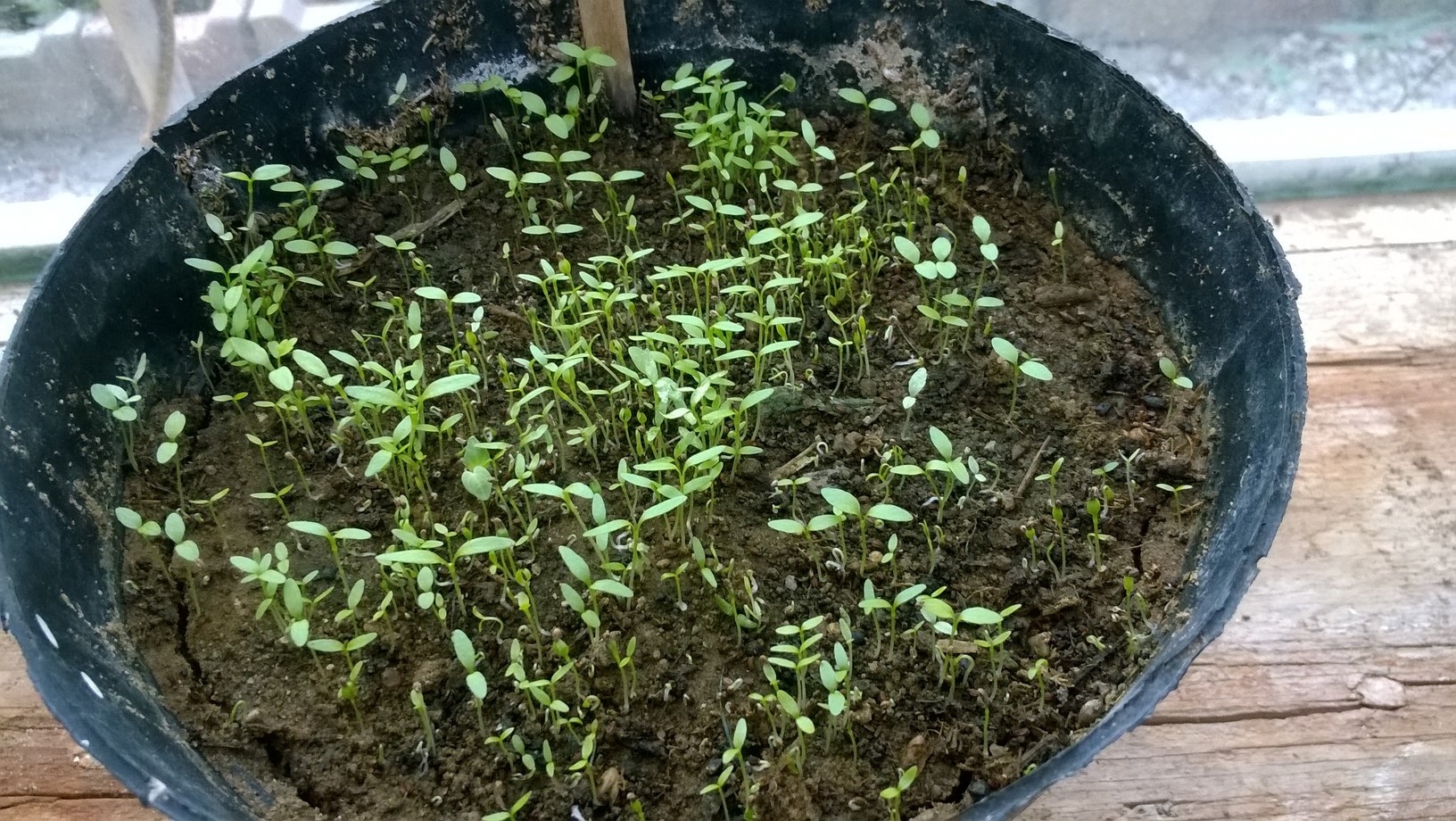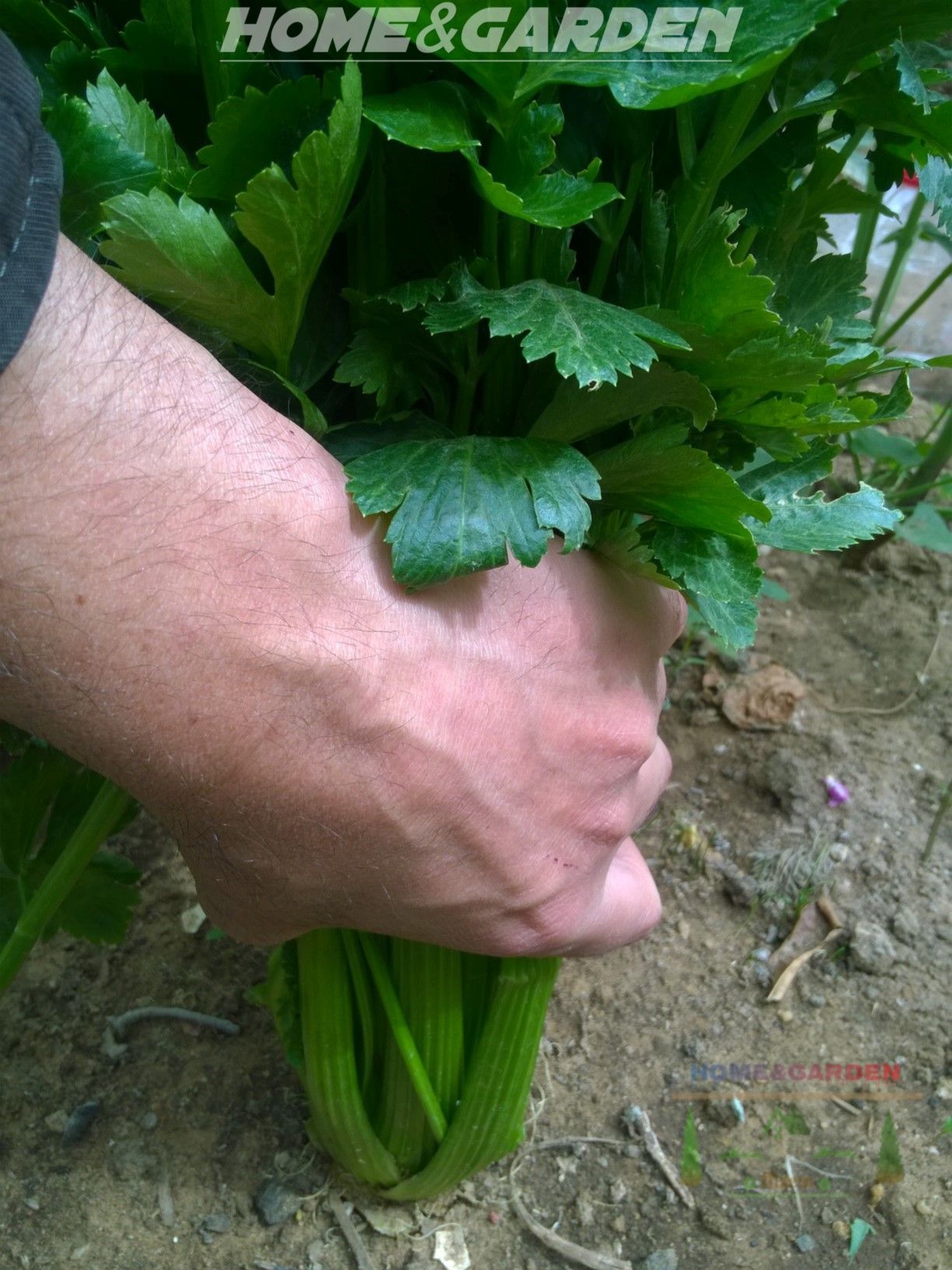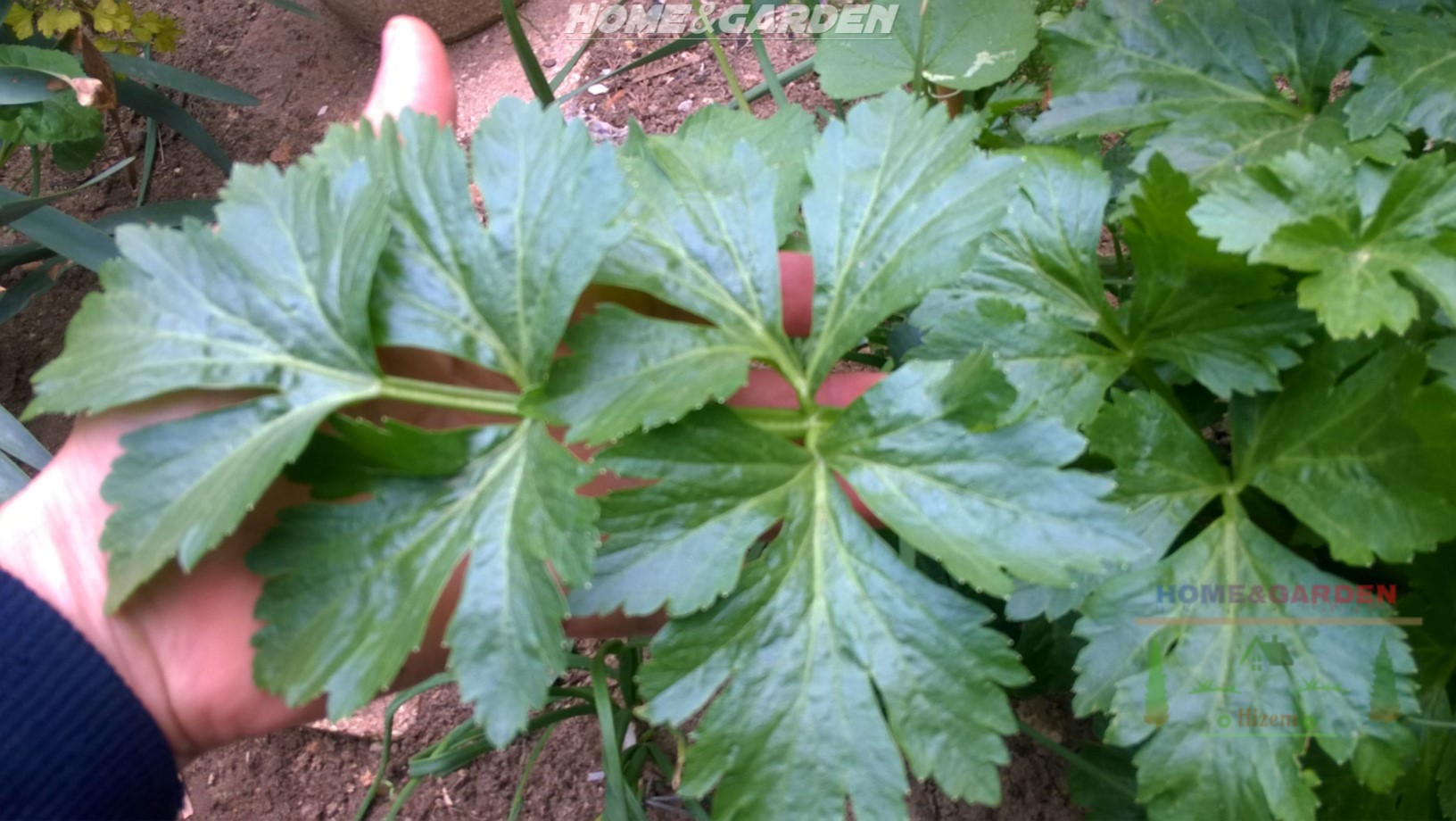History of Celery
How To Grow Celery
Growing celery can be a challenge, as long as the soil and water requirements are met, you can grow celery so tender and sweet, you will never buy it at the market again!
Celery need lots of moisture and fertile soil, as well as some sunshine each day. It does best in cool climates. Celery takes a while to grow, so you’ll need to start planting your celery seeds indoors before transplanting them outdoors. Growing organic celery is quite easy if you understand its specific needs. Here are my tips from starting the seeds indoors, transplanting the seedlings, growing, and harvesting fresh celery!
Celery needs:
- An extremely long growing season, maturing in roughly 120 days, allowing generally for one crop per year. The plant will not tolerate high heat.
- Rich, fertile soil with plenty of organic matter mixed in. I always add a well aged chicken manure to the soil before planting and as the crop is a big feeder, the plant needs to be fertilized during its growth period.
- A constant water supply and the soil must stay moised at all times. Celery requires lots of water. Provide the plant plenty of water during the entire growing season.
- Protection from hot sun and high temperatures.
Growing Celery From Seed Indoors
You have to Keep your celery seedlings moist by spritzing them with a water bottle every time you see the surface of the soil drying out. If the soil gets completely dry, your seedlings will not survive.
Watch How to Grow Celery Indoors Video
Planting Celery Seedlings in The Garden

When your celery seedlings have reached 8 to 10 cm in height, the seedlings can be hardened off in a cold frame or sheltered outdoors location and when the weather conditions are good, you can plant them into their final location in your garden.
You can plant your celery into your garden once the temperatures outside are consistently above 50 F. {10 C.}. Don’t plant it out too early, as celery is very temperature sensitive, or you will kill or weaken your celery plant.
Soil Preparation
You can make a hole deep and wide enough to hold the plant. Set the seedling into the hole and gently fill in and tamp the surrounding soil so all the leaves and stalks are above the soil. Always plant your celery seedlings with the crown of each plant at ground level!
Leave a space of 25 to 30 cm between plants. Water your celery seedlings deeply after planting them to help prevent transplant shock. Keep the plants evenly moist until they show new growth, and then water them as needed.
Watch How To Plant Celery Seedlings In The garden Video
Celery Common Problems
Leaf spot and blight are the most common problems of celery. Splitting of stalks is a result of dry weather and little moisture. Blights occur most frequently in wet weather and should be treated early with fungicide.
Blanching Celery
Early growers found that the naturally strong flavors could be diminished if grown in cooler conditions and also if blanched. Blanching is the practice of pushing dirt up around the base of the stalks to prevent sunlight from turning the stalks green. When the plants begin to grow big, you should mound the soil around their bases to keep them upright and help them to blanch. Never mound the soil more than a third of the way up the plant. Remember that if any soil gets into the center of the celery plants can cause the plant to rot, and it will be very difficult to remove without breaking the stalks apart.
Amazing Benefits of Celery
Celery is high in Vitamins B1 and B6, vitamin C, calcium, fiber, folic acid, and potassium. Celery is an excellent source of antioxidants and beneficial enzymes, in addition to vital vitamins and minerals. Eating celery will reduce high blood pressure risks, relief arthritis pain and suppress cancer cells growth.
Harvesting Celery
Harvesting Celery Seed
As, celery is a biennial plant. It won’t flower until the second year, and you can’t start harvesting celery seeds until the plant make flowers. In the second year, the central stalk will thicken, and an umbel shaped flower, will appear. This umbel is created out of numerous tiny florets on short stems. Each floret is a tiny white flower that collectively creates a burst of stars. You can wait until the seeds dry and turn brown in color before harvesting them. Simply cut the blooms carefully and shake the seed into a paper bag and store them in a cool, dark location.
Celery is known as being a difficult plant to grow. But with these step by step methods of growing it, hopefully you can find good success with it and enjoy harvesting as much celery as you’d like. So if you are looking for all the healthy vitamins and minerals that celery can provide, give it a try in your own garden!
Happy gardening!
This website is a participant in the Amazon Services LLC Associates Program, an affiliate advertising program designed to provide a means for sites to earn advertising fees by advertising and linking to amazon. Some of the links to products on this site are affiliate links. These are products that I've used or recommend based from homesteading experience. I do make a small commission (at no extra cost to you) from these sales.(alert-warning)






















